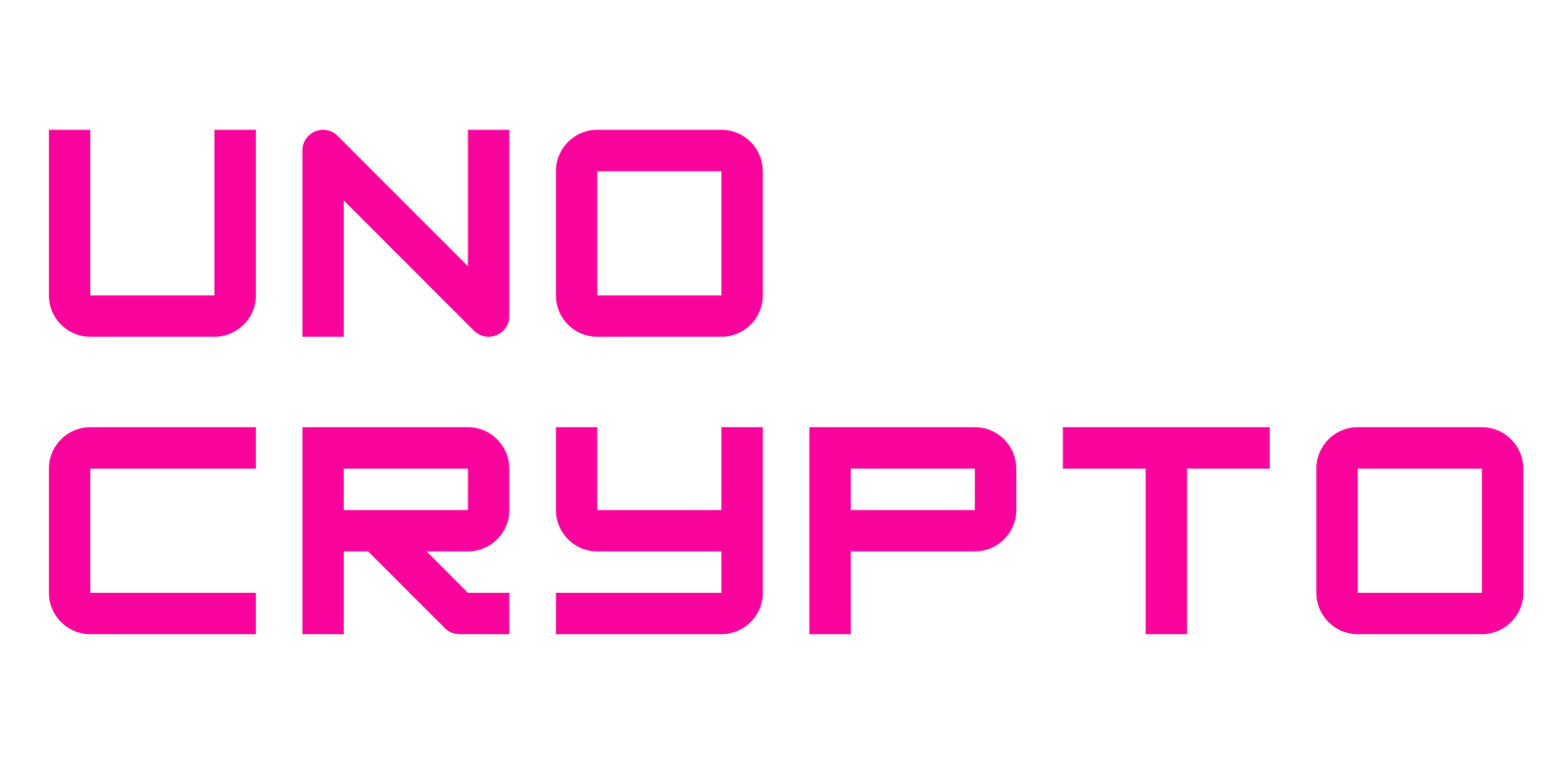Rhodium Enterprises, a well-known Bitcoin mining firm, has filed for Chapter 11 bankruptcy protection in the United States Bankruptcy Court for the Southern District of Texas. The filing, which took place on August 24, revealed the company’s liabilities of up to $100 million, a stark contrast to its estimated assets of between $100 million and $500 million.
Along with the parent company, six subsidiaries. Rhodium Encore, Jordan HPC, Rhodium JV, Rhodium 2.0, Rhodium 10MW, and Rhodium 30MW, are included in the bankruptcy filing.
Troubles Pile Up for Rhodium
Rhodium Enterprises, a prominent participant in the Bitcoin mining industry, had been having financial issues for a while. The company’s $54 million debt default in July of last year indicated serious financial distress. Despite efforts to borrow capital, which included obtaining loans totalling $78 million in 2021, the business was unable to maintain its viability as debt kept piling up.
Two distinct proposals to restructure the debt were unsuccessful, as a result of investor conflicts. In the end, this resulted in the company’s default and its choice to file for bankruptcy. Under Chapter 11 bankruptcy, Rhodium hopes to reorganize its debts while continuing operations.
This form of bankruptcy allows companies to negotiate more favourable repayment terms and offers them a chance to recover from their financial struggles without completely shutting down. Rhodium’s goal is to stabilize its financial position while negotiating with creditors to manage its obligations more effectively.
Bitcoin Mining Sector Faces Tough Times
It’s not just Rhodium that has problems. The crypto winter of 2022–2023 severely damaged the whole Bitcoin mining sector and significantly reduced the value of cryptocurrencies. Several mining companies have experienced difficulties in maintaining profitability due to increased operating expenses and decreased income.
A prominent illustration of this is Core Scientific (CORZ), a significant participant in the Bitcoin mining industry that filed for bankruptcy yet was able to come out of Chapter 11 in January 2024. Core Scientific’s financial restructuring and Nasdaq listing with a better balance sheet served as a potential model for other miners, such as Rhodium.
Adding to Rhodium’s woes, in 2023, the company faced a lawsuit from competitor Rio Platforms. The lawsuit was aimed at recovering more than $26 million in unpaid fees linked to the use of Riot’s Whinstone Bitcoin mining facilities, further compounding Rhodium’s financial issues.
How did Bitcoin Halving Added to the Worries?
The April Bitcoin halving event has presented significant challenges for the mining industry as a whole. Mining revenues have dropped significantly as a result of this incident, which lowers the rewards that miners receive for processing transactions on the Bitcoin network.
Miners’ profit margins have been severely squeezed as a result of the lower awards and rising electricity prices, according to a recent JPMorgan analysis. This has increased the pressure on businesses such as Rhodium.
The continued challenges in the bitcoin mining sector, where many businesses are finding it difficult to deal with growing expenses and declining revenues, are brought to light by Rhodium’s filing. Rhodium’s Chapter 11 bankruptcy provides a lifeline, but as it navigates the rough waters of debt restructuring and a difficult market environment, the company’s future is still unknown.


